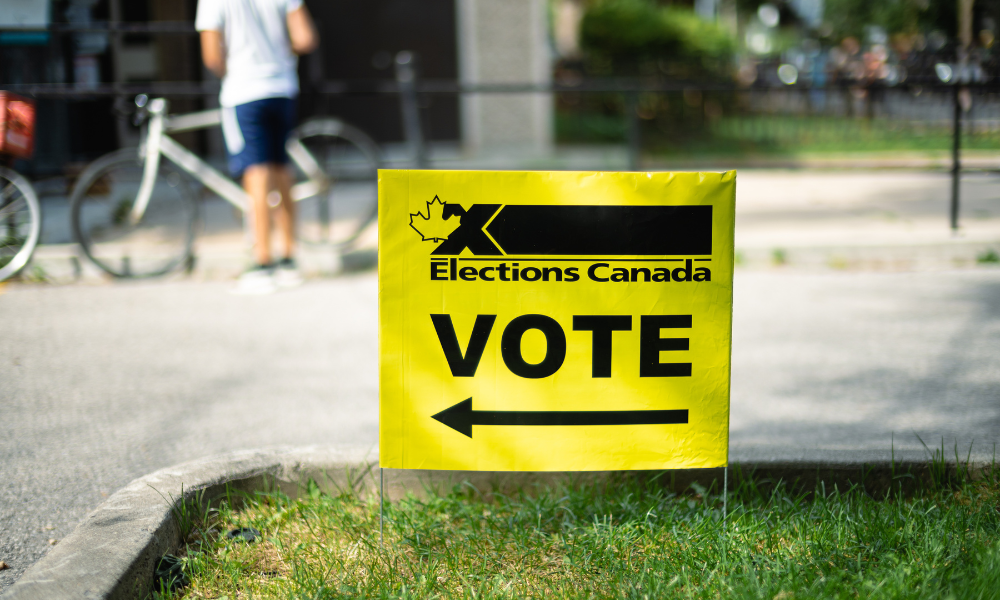Inflation increased to 1.9% in January, with energy costs offsetting the impact of the federal tax pause

Canada’s annual inflation rate edged higher in January, driven by rising energy prices that offset the effects of a federal sales tax holiday.
Statistics Canada reported that the Consumer Price Index (CPI) increased 1.9 percent year over year, up from 1.8 percent in December. Excluding gasoline, inflation rose 1.7 percent.
Higher energy costs, particularly gasoline and natural gas, contributed to the increase. Energy prices climbed 5.3 percent annually, up from 1.0 percent in December.
Gasoline prices rose 8.6 percent year over year, with Manitoba recording the largest increase at 25.9 percent after the reintroduction of the provincial gas tax at a lower rate following its suspension in 2024.
Natural gas prices also rebounded, increasing 4.8 percent after a 5.5 percent decline in December.
Despite rising energy costs, the federal GST/HST tax holiday continued to keep some consumer prices lower. Food prices fell 0.6 percent year over year, marking the first annual decline since May 2017.
Prices for food purchased from restaurants dropped 5.1 percent, more than triple the previous record decline of 1.6 percent in December.
“The GST holiday meant that headline inflation remained below the 2 per cent target in January, but there is clear evidence that underlying inflation pressures are building,” said Stephen Brown, deputy chief North America economist at Capital Economics.
Prices for alcoholic beverages purchased from stores fell 3.6 percent, while toys, games (excluding video games), and hobby supplies dropped 6.8 percent compared to the same month last year.
New passenger vehicle prices rose 2.3 percent year over year in January, up from 0.9 percent in December, marking the first increase in eight months. Meanwhile, used vehicle prices continued to decline, falling 3.4 percent in January after a 4.1 percent drop in December.
Statistics Canada revealed that inflation rates varied across the country. Prices increased at a faster pace in six provinces, remained unchanged in two, and declined in two compared to December.
In Manitoba and Saskatchewan, energy costs drove higher inflation, with the CPI rising 1.8 percent year over year, excluding energy prices.
The latest inflation report has influenced market expectations for the Bank of Canada’s next interest rate decision. According to The Globe and Mail, financial markets reduced their bets on another rate cut at the central bank’s March 12 meeting.
Interest rate swap markets now estimate a 40 percent chance of a quarter-point cut, down from previous projections.
Core inflation measures, which exclude volatile price movements, rose to 2.7 percent in January, up from an average of 2.55 percent in December.
Without the temporary GST break, Statistics Canada estimated that overall inflation would have reached 2.7 percent, compared to 2.3 percent in December.
“No big surprises in today’s report, which is generally a good thing on the inflation front, and we’ll call this one a draw on the interest rate outlook front,” Bank of Montreal chief economist Douglas Porter wrote in a note to clients, reported by The Globe and Mail.
Some economists suggest that the Bank of Canada may pause its rate cuts, particularly if trade tensions with the US escalate. Reuters reported that a potential 25 percent tariff on Canadian imports could shift monetary policy expectations.
“Stronger inflation amid retailers’ price discounts and budding economic activity in the fourth quarter will likely give the Bank of Canada some confidence to hold interest rates steady at its March meeting,” said Andrew DiCapua, principal economist at the Canadian Chamber of Commerce, in a report by Reuters.
The Bank of Canada has already cut its benchmark interest rate six times, bringing it to 3.0 percent in January. While inflation remains below the central bank’s 2 percent target, economists warn that the economic outlook remains uncertain.
Housing costs remained a key driver of inflation. Mortgage interest costs increased 10.2 percent year over year in January, compared to 11.7 percent in December. Rent prices rose 6.3 percent annually, down from 7.1 percent the previous month.
Porter noted that as the GST holiday lifts from the data over the next two months, the headline tally will likely rise to match core trends of about 2.5 percent. He added that they still expect the Bank of Canada to pause at its next decision on March 12.
However, he highlighted that developments on the tariff front, particularly the possible 25 percent US tariff on Canada and Mexico set for March 4, could influence that decision.



